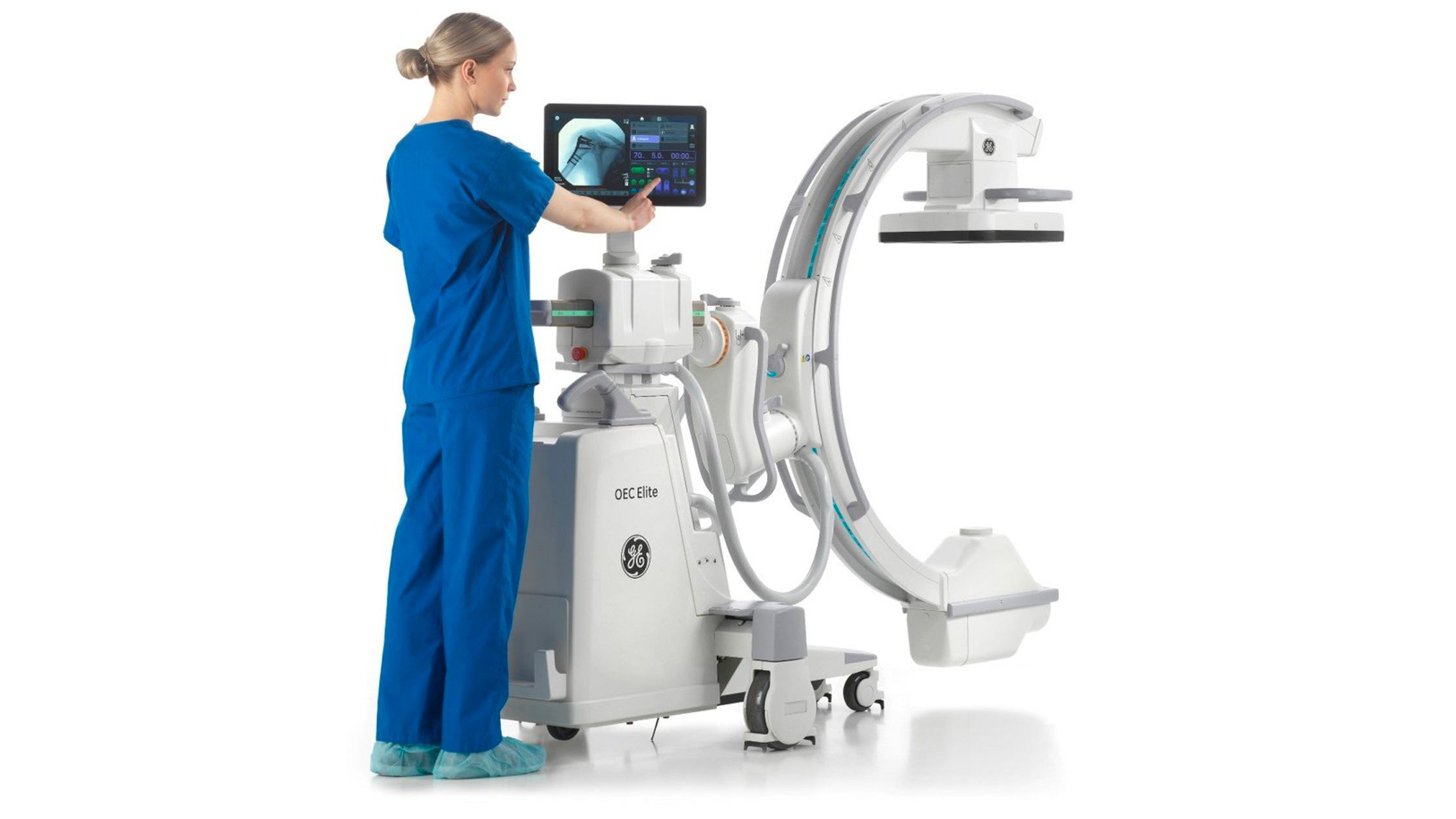C-arm systems have revolutionized surgical practice by providing real-time, high-quality X-ray images that enable surgeons to perform procedures with enhanced precision and confidence. To fully harness the potential of these advanced imaging devices, it’s crucial to effectively utilize them in the operating room (OR) while ensuring patient safety and improved outcomes. This blog post offers expert advice on how to maximize the efficiency of C-arm systems in the surgical setting.
- Proper Positioning of the C-Arm System
One of the key factors in achieving optimal C-arm system usage is proper positioning. Aligning the C-arm system correctly in relation to the patient and surgical table will ensure the best possible image quality while minimizing radiation exposure. To do this, consider the following tips:
- Make sure the C-arm is at an appropriate distance from the patient, avoiding contact with the patient or surgical table.
- Position the C-arm so that the X-ray beam passes through the area of interest at the optimal angle.
- Utilize laser-guided positioning systems, if available, to streamline the alignment process and improve accuracy.
- Efficient Use of Radiation
Balancing image quality and radiation exposure is crucial for patient safety and optimal surgical outcomes. To minimize radiation exposure while maintaining the necessary image quality:
- Keep the X-ray tube at the lowest possible dose setting that still provides adequate image quality.
- Use collimation to reduce the area exposed to radiation.
- Employ pulsed fluoroscopy, which emits radiation in short bursts, rather than continuous fluoroscopy when possible.
- Take advantage of dose-reduction features available on modern C-arm systems, such as dose management software and automatic exposure control.
- Effective Communication with the C-Arm Operator
Clear and concise communication between the surgeon and C-arm operator is essential for maximizing efficiency in the OR. Establishing a common language and understanding of the desired imaging angles and views will help minimize the time spent adjusting the C-arm system during surgery. Consider implementing standardized protocols and communication practices to streamline the process and reduce the risk of miscommunication.
- Regular Maintenance and Quality Assurance
To ensure optimal performance and patient safety, it’s important to regularly maintain and inspect the C-arm system. This includes:
- Performing routine quality assurance tests to verify that the system is functioning correctly and providing accurate images.
- Ensuring that all components are clean and in good working order.
- Scheduling preventative maintenance services with a qualified technician to address any potential issues before they become problematic.
- Ongoing Training and Education
As with any advanced medical technology, the effective utilization of C-arm systems requires ongoing training and education. This includes:
- Regularly updating surgical staff on the latest advancements and best practices in C-arm system usage.
- Providing hands-on training and workshops to ensure that all team members are proficient in the operation of the C-arm system.
- Encouraging a culture of continuous learning and improvement to keep staff up-to-date with new developments in the field.
Maximizing the efficiency of C-arm systems in the operating room is essential for ensuring patient safety and improving surgical outcomes. By focusing on proper positioning, efficient radiation use, effective communication, regular maintenance, and ongoing training, surgical teams can harness the full potential of these advanced imaging devices and deliver the highest quality care to their patients.

